The other day, I was shooting in Tokyo’s Tsukiji outer market on a dark and drizzly morning. Not only was it overcast, but I was shooting in the shadows of buildings, so ISO 400 speed just wasn’t going to cut it, to say nothing of ISO 100! What I really needed was ISO 6400. Now I could use a digital camera for low-light performance, but why? My Leica M3 outperforms most digital cameras in low light—but only if I do things right.
By “right,” I mean the right film processed in the right way with the right developer, and that means “pushing.” For the uninitiated, “push processing” allows you to shoot film at a higher ISO than what is indicated on the box, and still get properly exposed results. For example, I typically shoot T-MAX 100 film and underexpose about three stops. That’s equivalent to shooting at ISO 800 rather than the box speed of ISO 100.
Push processing is easy to do at home, if you know what you are doing, and most labs will do it for you, if you ask nicely. Kodak T-MAX films and T-MAX developer are specifically made for push processing—up to three stops according to Kodak’s guidelines. So that means you can shoot T-MAX100 at up to EI800, T-MAX 400 at up to EI3200, and T-MAX P3200 at up to—wait for it—EI25,000!
Yes, that’s right. Kodak T-MAX P3200 in combination with T-MAX Developer has superior low-light performance than all but a select few high-end digital cameras on the market today. So why on Earth would I want to use a digital camera in low light when my Leica M3 can do a better job, and is certainly more enjoyable to use than any plasticky digital camera—at least in my opinion!
Don’t believe me? Below are five frames shot on Kodak T-MAX P3200 pushed to ISO 6400. I used my Leica M3 with a first generation Summicron 35 f/2. I attached a Leica 12585H lens hood of same era just to keep rain drops off the lens filter.
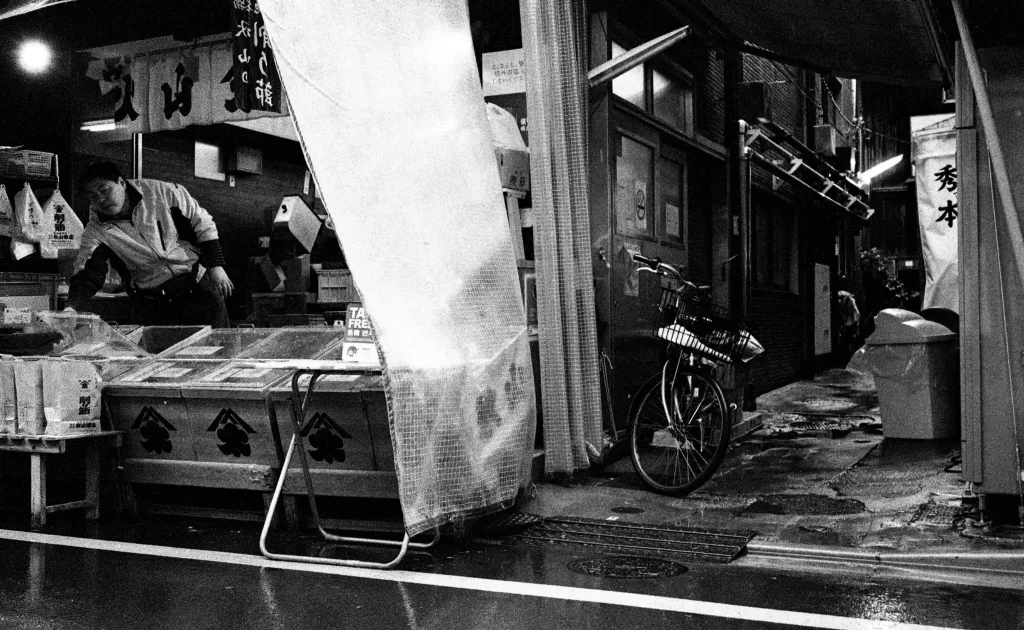
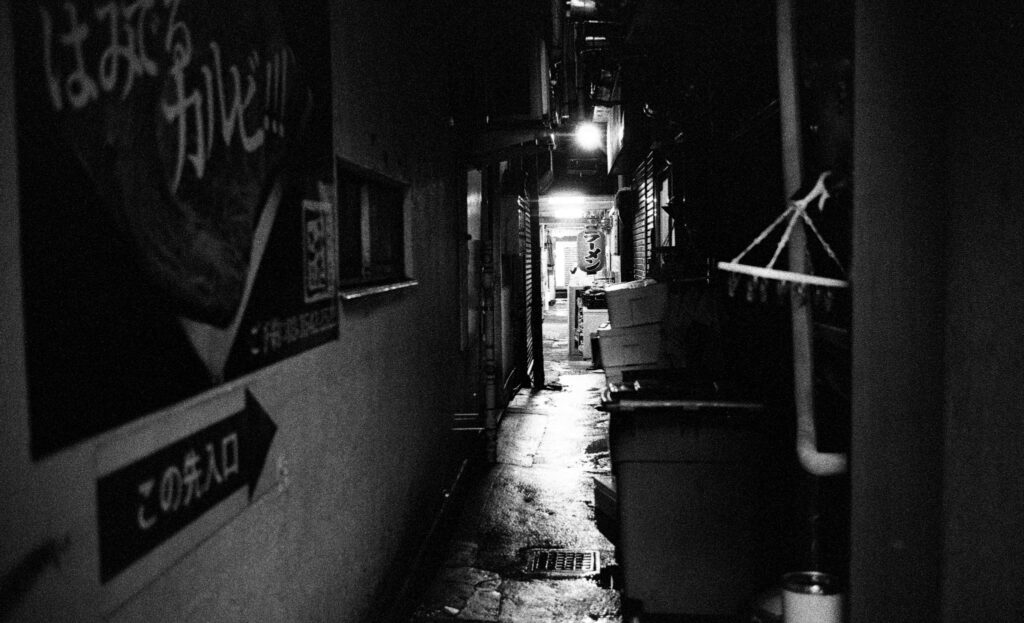
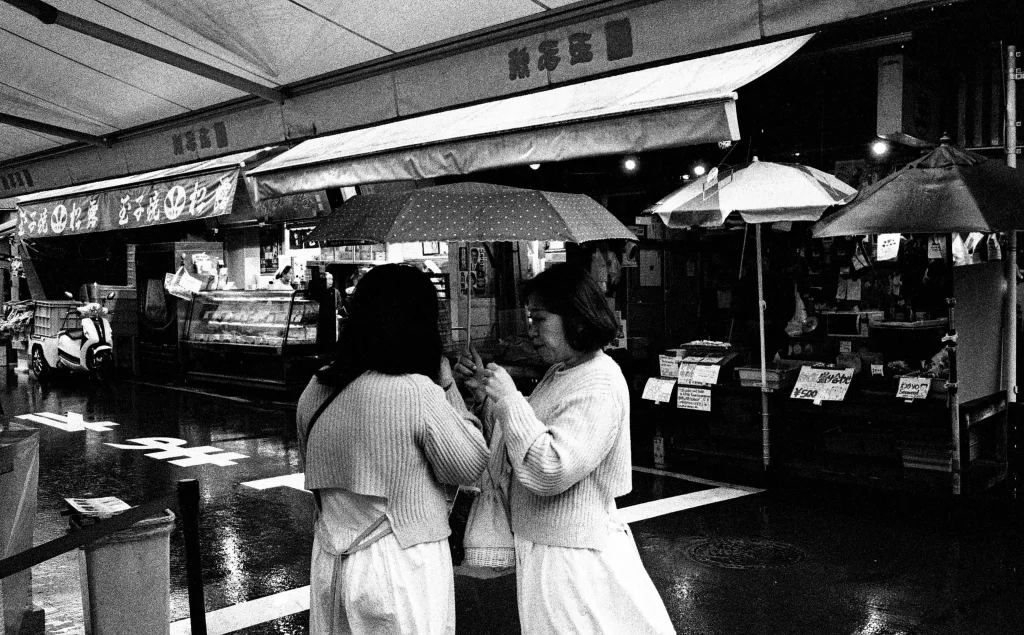
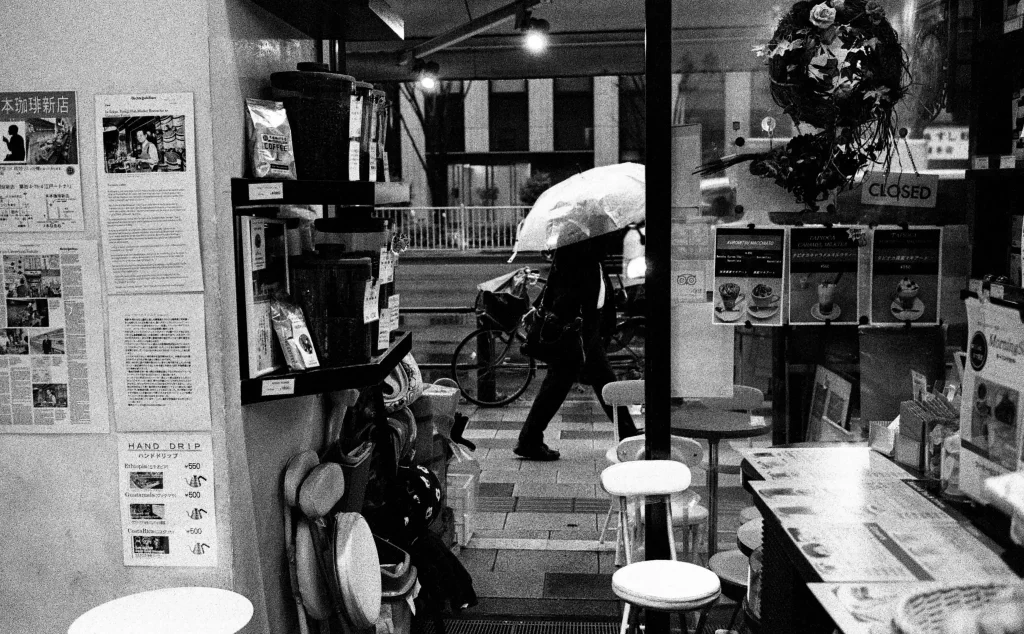
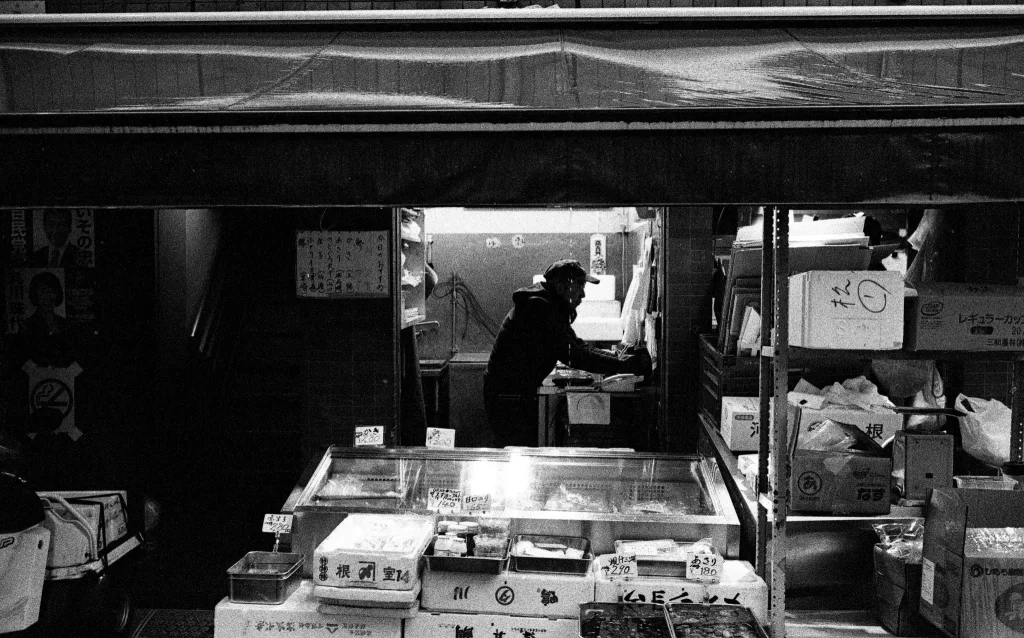
I am a street photographer who lives in Japan. If you would like to see more of my work, have a look at my website bleisteinphoto.com, or my Instagram @sbleistein.
Share this post:
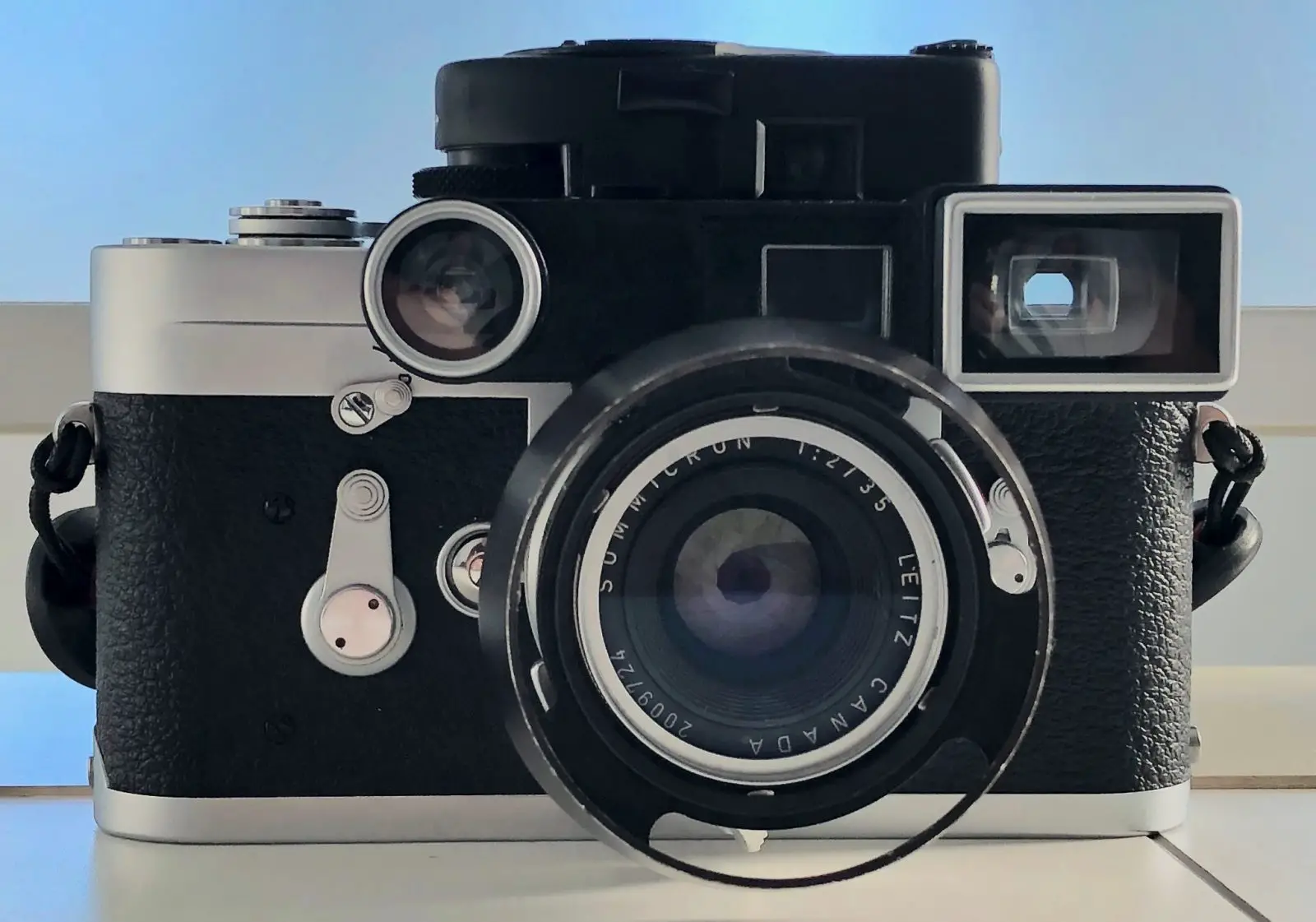
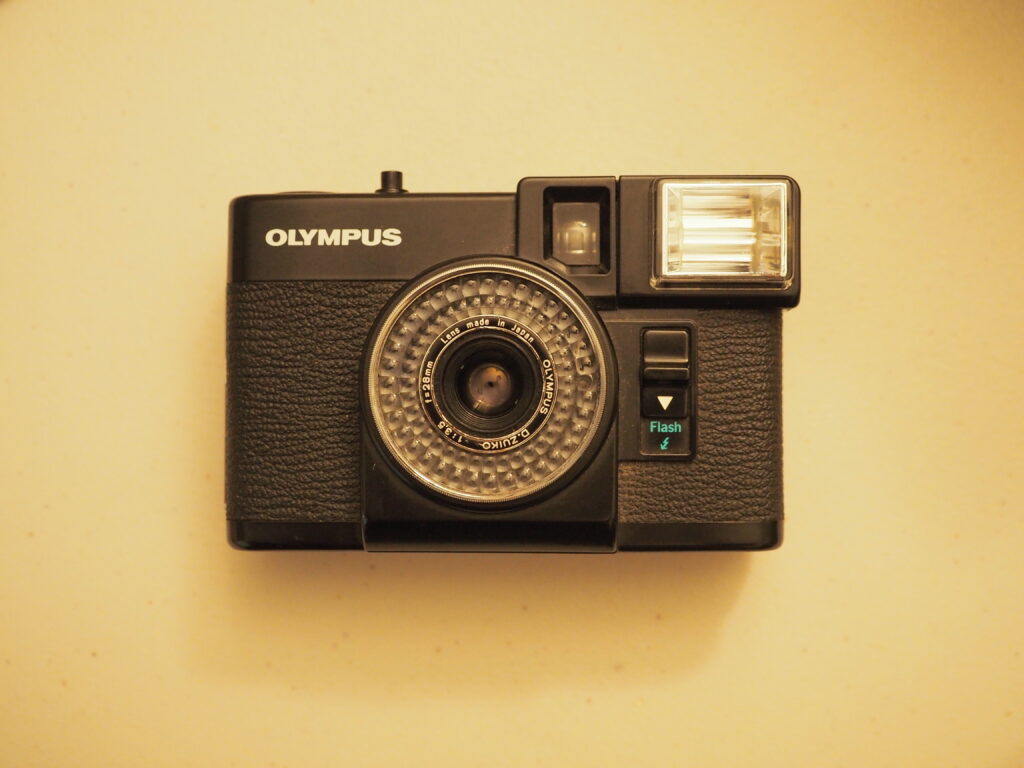

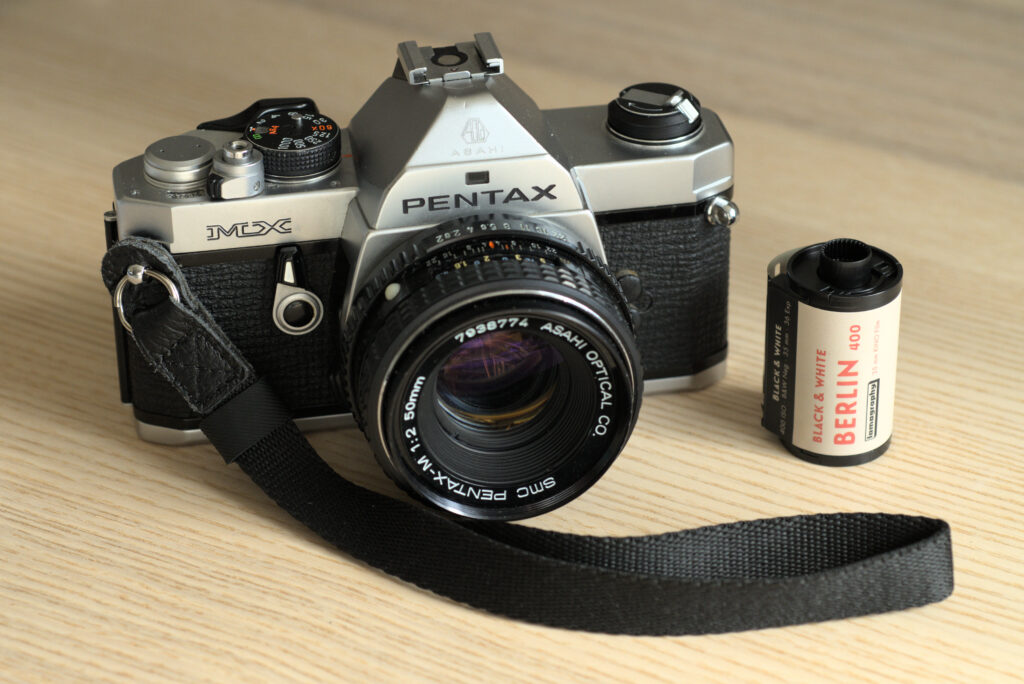
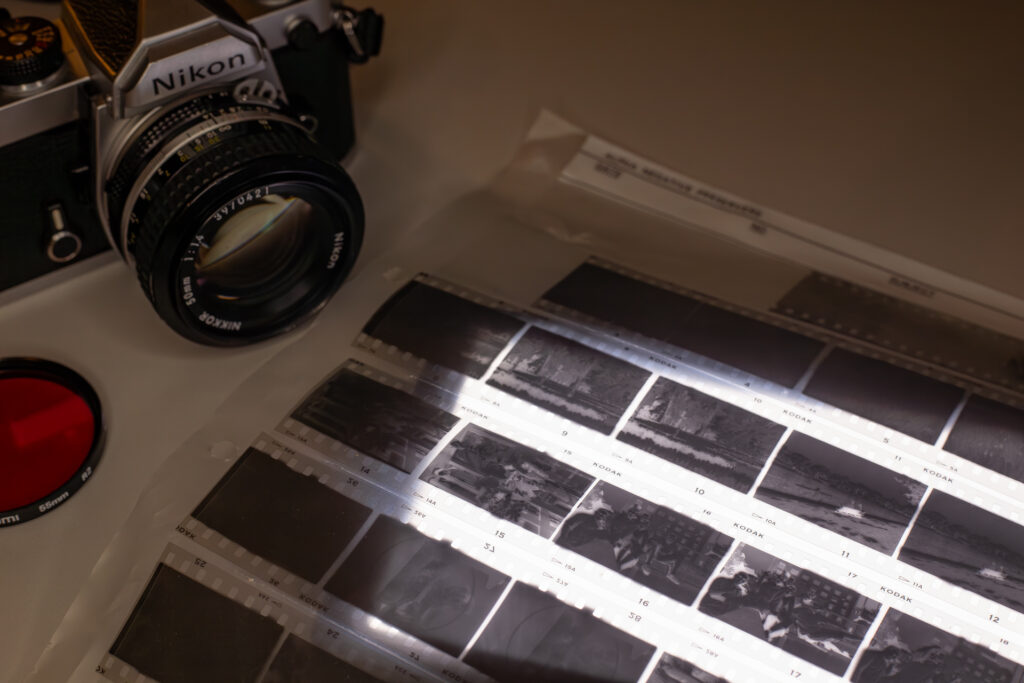




Comments
Danny on 5 Frames with Kodak T-MAX P3200 (Pushed to 6400), a Leica M3 and v1 35mm Summicron – By Steven Bleistein
Comment posted: 13/04/2019
Comment posted: 13/04/2019
Sroyon on 5 Frames with Kodak T-MAX P3200 (Pushed to 6400), a Leica M3 and v1 35mm Summicron – By Steven Bleistein
Comment posted: 13/04/2019
Comment posted: 13/04/2019
Comment posted: 13/04/2019
Mike Hinkleman on 5 Frames with Kodak T-MAX P3200 (Pushed to 6400), a Leica M3 and v1 35mm Summicron – By Steven Bleistein
Comment posted: 13/04/2019
Lens shown is a 35. By 1st gen 50 you mean the collapsible 50?
I was at the market last month. Big. Lot of food choices
Comment posted: 13/04/2019
Graham Line on 5 Frames with Kodak T-MAX P3200 (Pushed to 6400), a Leica M3 and v1 35mm Summicron – By Steven Bleistein
Comment posted: 13/04/2019
Comment posted: 13/04/2019
BC on 5 Frames with Kodak T-MAX P3200 (Pushed to 6400), a Leica M3 and v1 35mm Summicron – By Steven Bleistein
Comment posted: 13/04/2019
But again, do not take me wrong I enjoyed reading you and I want to thank you for sharing.
Comment posted: 13/04/2019
Comment posted: 13/04/2019
Comment posted: 13/04/2019
Comment posted: 13/04/2019
Comment posted: 13/04/2019
Comment posted: 13/04/2019
Comment posted: 13/04/2019
Comment posted: 13/04/2019
Paul on 5 Frames with Kodak T-MAX P3200 (Pushed to 6400), a Leica M3 and v1 35mm Summicron – By Steven Bleistein
Comment posted: 13/04/2019
Comment posted: 13/04/2019
Dominique Pierre-Nina on 5 Frames with Kodak T-MAX P3200 (Pushed to 6400), a Leica M3 and v1 35mm Summicron – By Steven Bleistein
Comment posted: 14/04/2019
Thanks
Dominique
Comment posted: 14/04/2019
Daniel Castelli on 5 Frames with Kodak T-MAX P3200 (Pushed to 6400), a Leica M3 and v1 35mm Summicron – By Steven Bleistein
Comment posted: 14/04/2019
Ju8st some random thoughts strung together: As for the feel of the Leica in your hand; When I grab my M2 or M4P, I know these cameras are more capable of operating in circumstances or environments than I will ever subject them to. Just that knowledge gives you great confidence to push yourself a bit further. Another thing - when people see you with a Leica, they just don't know what to make of you. My wife & I were in Florence a few years ago. We'd go into a museum and stand in line for security. A guard saw me, unclipped the rope barrier and motioned me in. I waited for my wife to pass through security. This happened twice. The second time, I asked why I was allowed to bypass security. The guard said to me that it was oblivious I was a serious photographer, and I needn't to pass through the checkpoints. The guard said 'you sir, use a Leica.' I'm glad he never saw my work, he'd tell me I'm not worthy to carry such a camera and take it away from me! Back to the end of the line!
This article has peaked my curiosity and I'm going to get some TMAX 3200 and play with it. Thanks for dangling the carrot in front of me. Already the little wheels are turning - what lens to use? Where can I shoot this stuff?
I always loved the look of the M3 with it's goofy, goggly 'eyes.'
Comment posted: 14/04/2019
BC on 5 Frames with Kodak T-MAX P3200 (Pushed to 6400), a Leica M3 and v1 35mm Summicron – By Steven Bleistein
Comment posted: 14/04/2019
And by the way Steven, the Fuji XE3 is equipped with the same sensor as the X Pro 2. Its maximum ISO is 12 800.
Best to all,
Comment posted: 14/04/2019
Comment posted: 14/04/2019
BC on 5 Frames with Kodak T-MAX P3200 (Pushed to 6400), a Leica M3 and v1 35mm Summicron – By Steven Bleistein
Comment posted: 14/04/2019
Comment posted: 14/04/2019
Comment posted: 14/04/2019
BC on 5 Frames with Kodak T-MAX P3200 (Pushed to 6400), a Leica M3 and v1 35mm Summicron – By Steven Bleistein
Comment posted: 15/04/2019
Arild Edvard Båsmo on 5 Frames with Kodak T-MAX P3200 (Pushed to 6400), a Leica M3 and v1 35mm Summicron – By Steven Bleistein
Comment posted: 15/04/2019
I'm curious, if you shot a modern grain (Ilford delta or Kodak's T-grain) box speed 3200 on medium format we with a stand development, what is the potential, do you think? The medium formal would help the grain and the stand-development would counteract the increased contrast you get in pushing film. Have anyone done anything of the sort?
Personally I only shoot in daylight but it would be interesting to see the quality you could get.
Brett Soul on 5 Frames with Kodak T-MAX P3200 (Pushed to 6400), a Leica M3 and v1 35mm Summicron – By Steven Bleistein
Comment posted: 16/04/2019
Comment posted: 16/04/2019